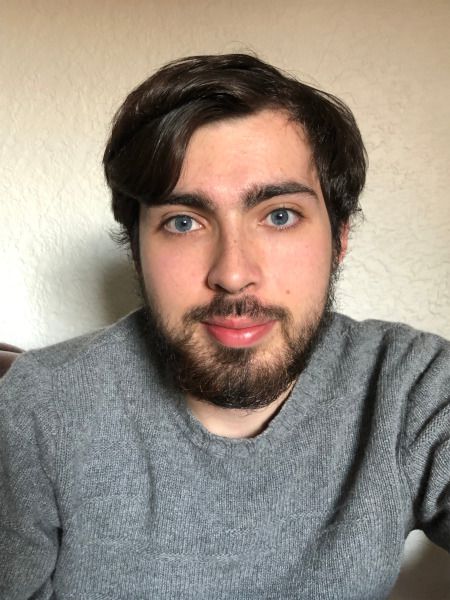Alaric Sanders

Alaric Sanders
Member of Christ's College
PhD student in Prof Lamacraft's group
Office: 511 Mott Bld
Email: als217 @ cam.ac.uk
Personal web site
TCM Group, Cavendish Laboratory
19 JJ Thomson Avenue,
Cambridge, CB3 0HE UK.
Research
I work on frustrated magnetism and topological phases of matter. My current work pertains to spin ice on the breathing pyrochlore lattice, though I also take an interest in Kitaev honeycomb physics.
In Plain English
Imagine you and a friend are standing in opposite each other, holding ultra-strong bar magnets. The magnets will naturally want to orient themselves north-to-south. The easiest way to hold the magnets is clear - the magnets are aligned with each other, pointing in opposite directions.
Now imagine turning company into a crowd by adding a third magnet-bearing friend. Which way do they orient their magnet?
It turns out there's no good answer to this - any direction that they point their magnet will be equally good,
but also equally bad. This property is called
This has surprising consequences when you look at very low temperatures. Typically, a system cooled down close to absolute zero will "freeze" in place - the atoms stop vibrating and the spins stop moving, settling into the lowest-energy configuration that they can sustain. In the presence of dominant quantum fluctuations though, disorder persists all the way to absolute zero - a puzzling contradiction that may hold the key to the mechanism underlying some high-temperature superconductors.